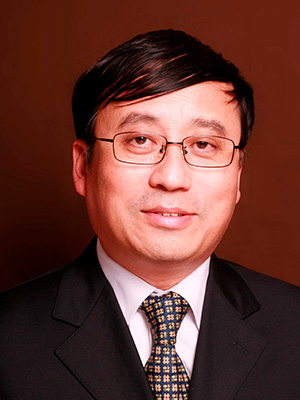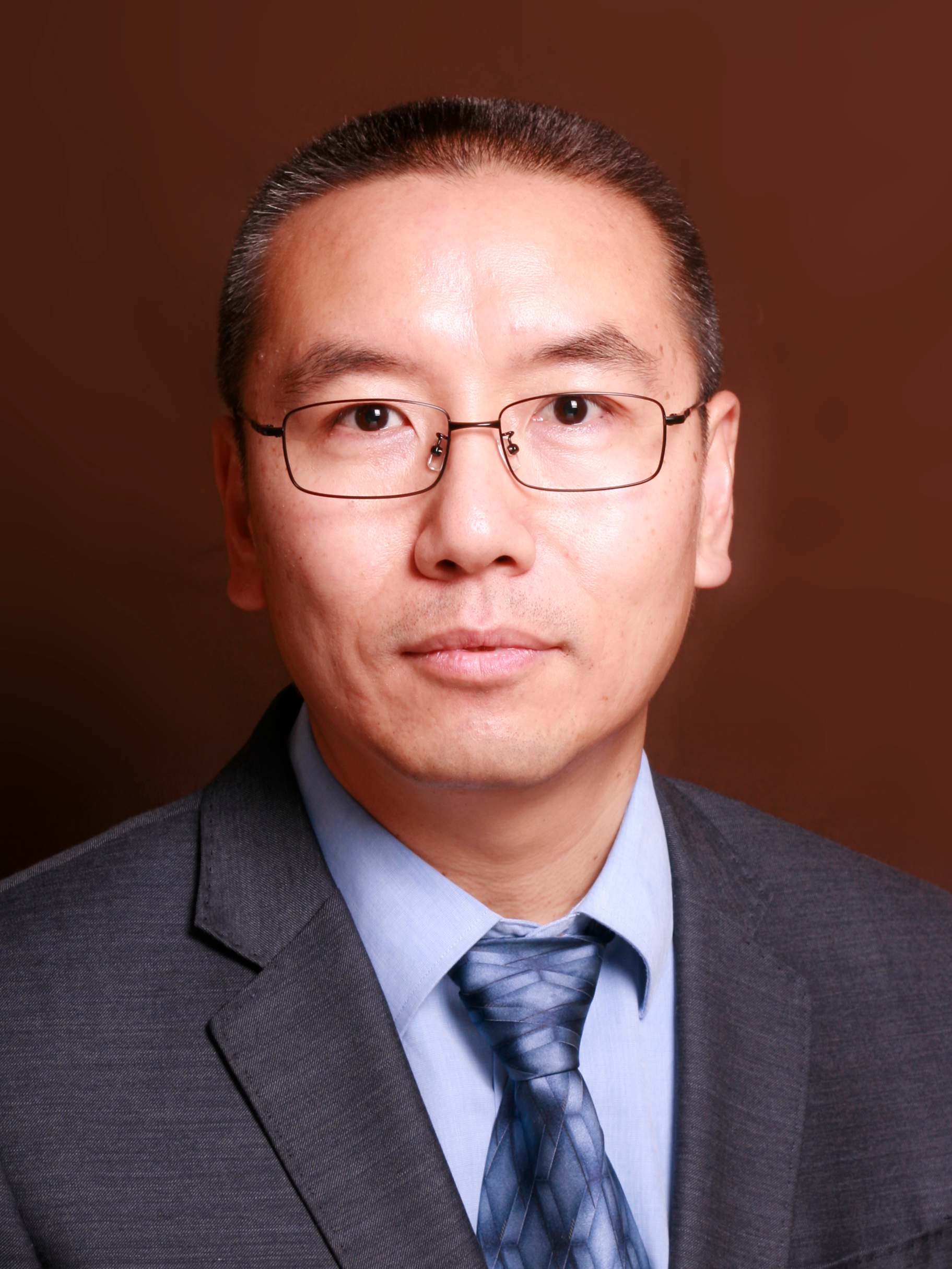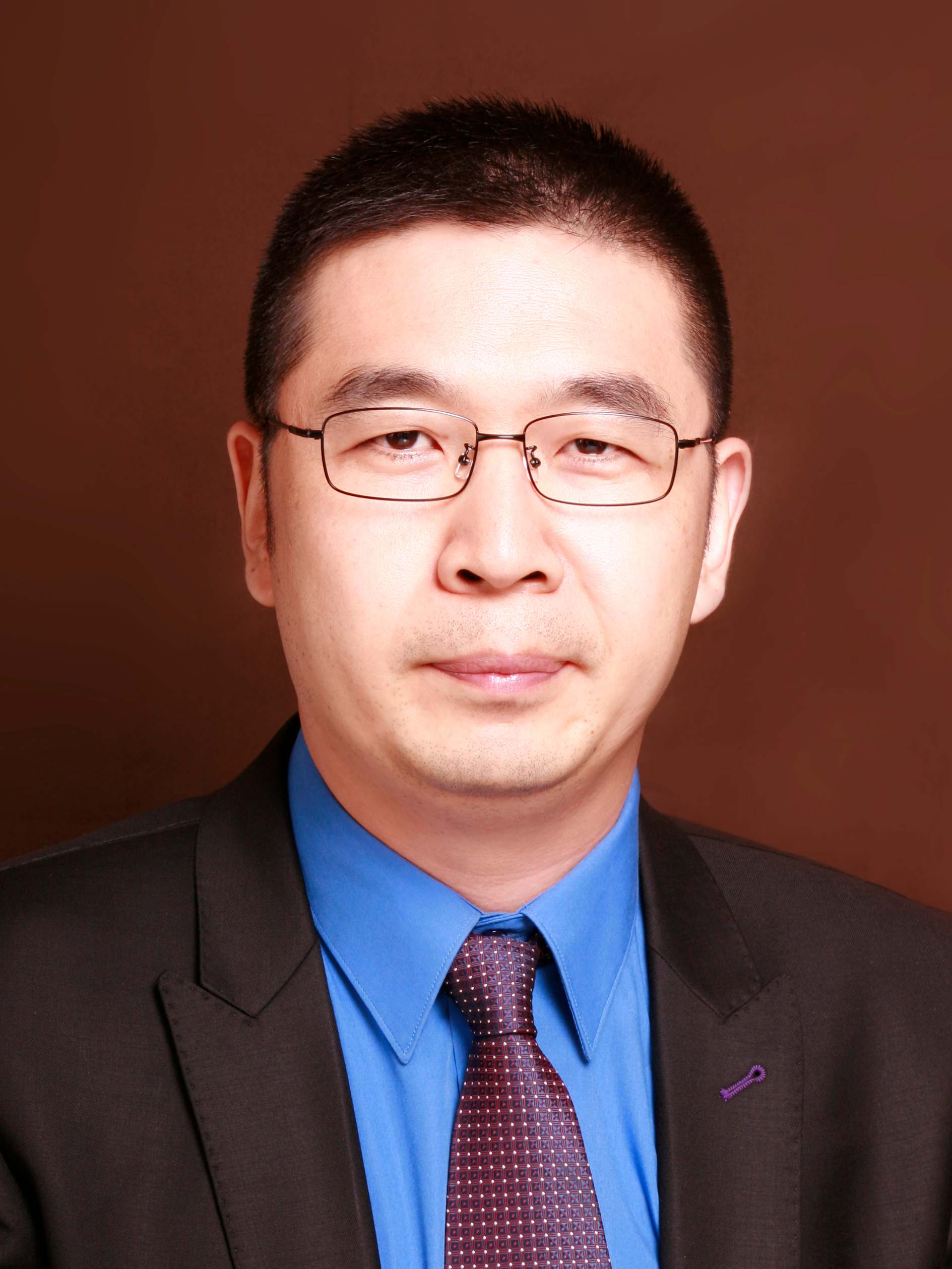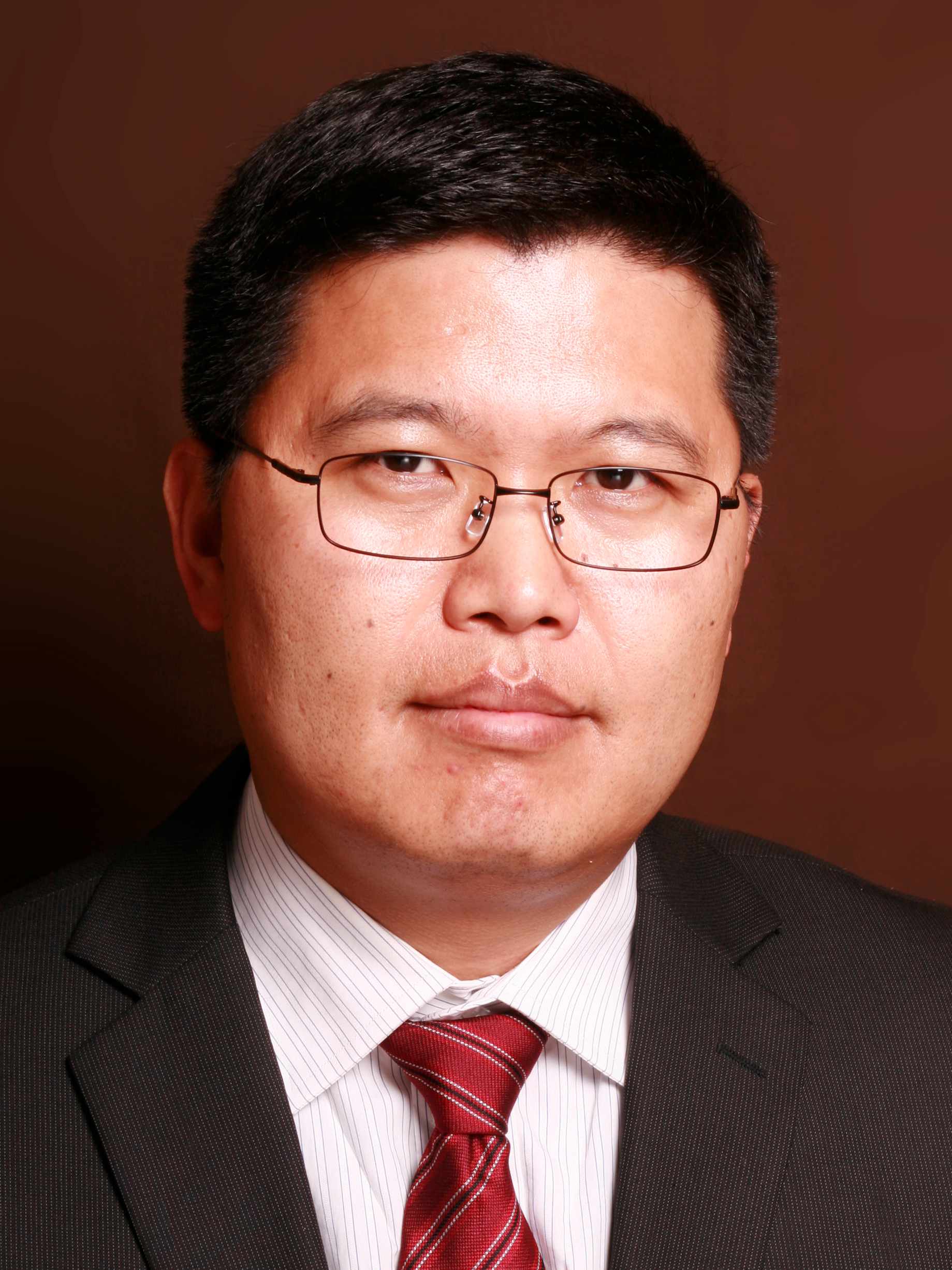

Academician of the Chinese Academy of Sciences, academician of the Academy of Sciences of the Developing Countries, analytical chemistry, environmental chemist.
Current Dean of the School of Resources and Environmental Sciences, University of Chinese Academy of Sciences, Director of the State Key Laboratory of Environmental Chemistry and Ecotoxicology, Chairman of the Chinese Association for Analytical Testing, Vice Chairman of the Chinese Chemical Society, Vice Chairman of the Chinese Society of Toxicology, Vice Chairman of ES&T Journal of the American Chemical Society Editor in chief. Current or former member of the National 973 Advisory Group, member of the National Nano Major Research Program Expert Group, member of the National Environmental Advisory Committee, member of the National Food Safety Risk Assessment Expert Committee, and member of the State Council Food Safety Expert Committee.
The research fields involve chemical forms and environmental toxicology and health. Participated in my country's Antarctic and Arctic scientific expeditions. Promoted the research of persistent toxic pollutants in my country, and started new academic directions such as the discovery of new environmental pollutants and toxicological research. He was responsible for and completed the first and second phases of the 863 project for screening and control of environmental endocrine disruptors in my country, responsible and completed the two phases of the national POPs 973 project, undertook and completed the first national support project of POPs control technology in my country, and Completed the second phase of the National Foundation of China Innovation Group Project, responsible and completed the National Foundation of China's major fund project "Environmental Process and Toxicological Effects of Typical Persistent Organic Pollutants". He is currently the chief scientist of the "Health Effects of Environmental Pollution" project of the Chinese Academy of Sciences' Strategic Leading Science and Technology Project (Class B) and the leader of the expert group of the National Foundation of China's major research program "The Toxicology and Health Effects of Atmospheric Fine Particles".
Published 600 papers in foreign SCI journals, and published 10 Chinese and English monographs. He has been invited to give conference reports or specially invited reports nearly 500 times at important academic conferences and famous universities at home and abroad. He has successively won the National Science Fund for Distinguished Young Scholars, the Young Scientist Award of the Chinese Academy of Sciences, the Yangtze River Scholar Achievement Award, the Agilent Thought Leader Award and the Outstanding Achievement Award of the Chinese Academy of Sciences. He won the second prize of National Natural Science twice as the first completion person.

Long engaged in POPs related research. Since 2007, he has served as the chairman of the Asia-Pacific Regional Organization Committee for the Stockholm Convention’s Global POPs Monitoring. He organized and coordinated the completion of two "Asia-Pacific Regional POPs Monitoring Reports" in 2008 and 2014 by 49 signatory countries in the Asia-Pacific region. Participated in the compilation of "Global POPs Monitoring Technical Guidelines", "Global Dioxin Pollution Source Investigation Technical Guidelines" and "POPs Emission Reduction Best Environmental Technology and Best Environmental Practice (Revised Edition)". Undertake the compilation and update of China's dioxin emission inventory, and become the basis for the country to formulate dioxin emission reduction countermeasures.
He is the convener of the environmental and health protection technology subject expert group of the "Twelfth Five-Year Plan" 863 Program of the Ministry of Science and Technology, the chief scientist of the 973 project, and presides over many key projects of the National Natural Science Foundation of China and international cooperation projects. Director of the Chinese Chemical Society, Director of the Chinese Society of Environmental Sciences, Deputy Director of the Environmental Chemistry Professional Committee of the Chinese Chemical Society, Deputy Director of the Environmental Chemistry Branch of the Chinese Society of Environmental Sciences, Deputy Editor of "Environmental Chemistry", Chemosphere, Journal of Environmental Sciences, "Journal of Environmental Sciences" ", "Chromatography" and other editorial board members. He has published more than 160 scientific research papers, including more than 130 SCI papers, and obtained 6 national invention patents. The invented dioxin blocking technology for incineration facilities has shown technical advantages in engineering applications. In 2011, it won the second prize of the National Natural Science Award (ranked second), and in 2013 it won the Chinese Academy of Sciences Outstanding Scientific and Technological Achievement Award (ranked second).

In 2002, he received a doctorate degree from Stevens Institute of Technology (SIT) in the United States, and then stayed at school for post-doctoral research. He has been an assistant research professor at SIT since May 2005. In 2008, he was selected into the "Hundred Talents Program" of the Chinese Academy of Sciences, with excellent final evaluation. Chief Scientist of 973 Project. In 2014, he won the National Outstanding Youth Fund.
The main research direction is the micro-interface chemical process of environmental pollutants, focusing on key scientific issues such as the micro-mechanism of the solid-liquid interface reaction, starting from innovative methodology, applying new principles, new technologies and new methods, and studying the key to environmental pollutants at the molecular level Environmental chemistry process and mechanism. Based on modern spectroscopy technology to advance the research on the chemical reaction mechanism of the solid-liquid interface has played a leading role in the international community. Based on the understanding of the adsorption mechanism at the molecular level, a new type of efficient and renewable adsorption material has been constructed, which has become a feasible technology to solve groundwater arsenic pollution. Published more than 60 papers included in SCI as the first or corresponding author. Served as the editorial board member of "Environmental Chemistry" and "Science Bulletin".

In 2004, he received a doctorate degree from the Institute of Genetics and Developmental Biology, Chinese Academy of Sciences. From 2004 to 2008, he completed post-doctoral studies and advanced studies at the Massachusetts Institute of Technology and the Children's Hospital of Harvard Medical School. From 2008 to 2009, he was a lecturer at Tufts University School of Medicine in the United States. In 2009, he was selected into the "Hundred Talents Program" of the Chinese Academy of Sciences and worked in the Ecological Environment Research Center of the Chinese Academy of Sciences. In 2014, the final evaluation of the Hundred Talents Program was selected as excellent. In 2014, he was funded by the National Outstanding Youth Fund. Served as the chief scientist of the National 973 Project, the assistant chief scientist and project leader of the Chinese Academy of Sciences Pilot Special B. Served as a member of the National Environmental and Health Expert Advisory Committee, and a member of the Analytical Toxicology Committee and Nano Toxicology Committee of the Chinese Toxicology Society. Mainly engaged in the research on the harm of environmental pollutants to human health and the mechanism of inducing diseases, and the biological safety of artificial nanomaterials. Several achievements have been made in the study of the health hazard mechanism of environmental pollution: 1) The discovery of the mechanism by which PCBs induce tumor cell deterioration through the ROCK pathway has broken through the long-term unclear bottleneck of the mechanism of PCBs' pro-tumor effect. 2) It is found that the ATF4 pathway plays an indispensable protective role against the damage of blood cells induced by arsenic and cadmium; the toxic mechanism of nanosilver inhibiting blood cell gene transcription based on the "particle effect" is proposed; it is revealed that graphene and quantum dots can damage the blood cell skeleton through The mechanism of action leading to its death. These works are of great value for understanding its toxic mechanism and health effects. Published many high-level academic papers in the past 5 years, such as ACS Nano, Cancer Research and Oncogene.

After graduating from the Center for Eco-Environment Research of the Chinese Academy of Sciences in 2006, he has stayed at the institute and has been working since. The deputy director of the State Key Laboratory of Environmental Chemistry and Ecotoxicology, the winner of the National Science Fund for Outstanding YouProgram. In recent years, he has mainly engaged in the research of new organic pollutants analysis methods, environmental behavior and migration and transformationth and Outstanding Youth Science Fund, was selected into the "Young Top Talent Support" by the Organization . TDepartment's Ten Thousand Talents . The research content includes: research on sample pretreatment technology and instrumental analysis methods of new organic pollutants; research on the environmental behavior, fate and historical evolution of new organic pollutants; research on the ecological risks and health effects of new organic pollutants. Since 2008, he has been continuously invited to participate in the Stockholm Convention’s international performance negotiations, and the first-hand information obtained through research has safeguarded national interests. He has successively won the Young Chemistry Award of the Chinese Chemical Society, the Lu Jiaxi Young Talent Award of the Chinese Academy of Sciences and the Outstanding Scientific and Technological Achievement Award of the Chinese Academy of Sciences (mainly accomplished person). At present, more than 120 SCI papers have been published, including more than 30 papers published in the famous environmental science journal Environment. Sci. & Technolhe current editor of environmental chemistry.

Obtained a bachelor of science and a doctorate degree from Hunan University in 2004 and 2009, respectively. From 2010 to 2012, he engaged in post-doctoral research at the Center for Ecological Environment of the Chinese Academy of Sciences. After leaving the station, he has been working in the institute until now. . Member of the Organic Analysis Committee of the Chinese Chemical Society, the Young Chemical Workers Committee, and the Secretary-General of the Environmental Chemistry Branch of the Chinese Society of Environmental Sciences. The main research direction is environmental analytical chemistry, environmental pollution and health. At present, 99 SCI papers have been published in journals such as Nat. Nanotechnol., Nat. Commun., Angew. Chem. Int. Ed. He was funded by the National Outstanding Youth Fund (2018), the National "Ten Thousand Talents Program" Young Top Talents (2017), the National Foundation of China Outstanding Youth Fund (2014), and the Chinese Academy of Sciences Outstanding Young Scientists (2014). Won the National Natural Science Second Prize (ranking 3rd), China Association for Analysis and Testing Technology Award (CAIA Award) Special Prize (ranking 1st), MIT TR35 China, Chinese Society of Environmental Sciences Young Scientist Award, Chinese Chemical Society Young Chemistry Award, National awards for excellent doctoral theses.
Copyright © State Key Laboratory of Environmental Chemistry and Ecotoxicology
Address: No. 18, Shuangqing Road, Haidian District, Beijing, Post Code: 100085
Email:sklece@rcees.ac.cn Technical Support:Qingyun Software
